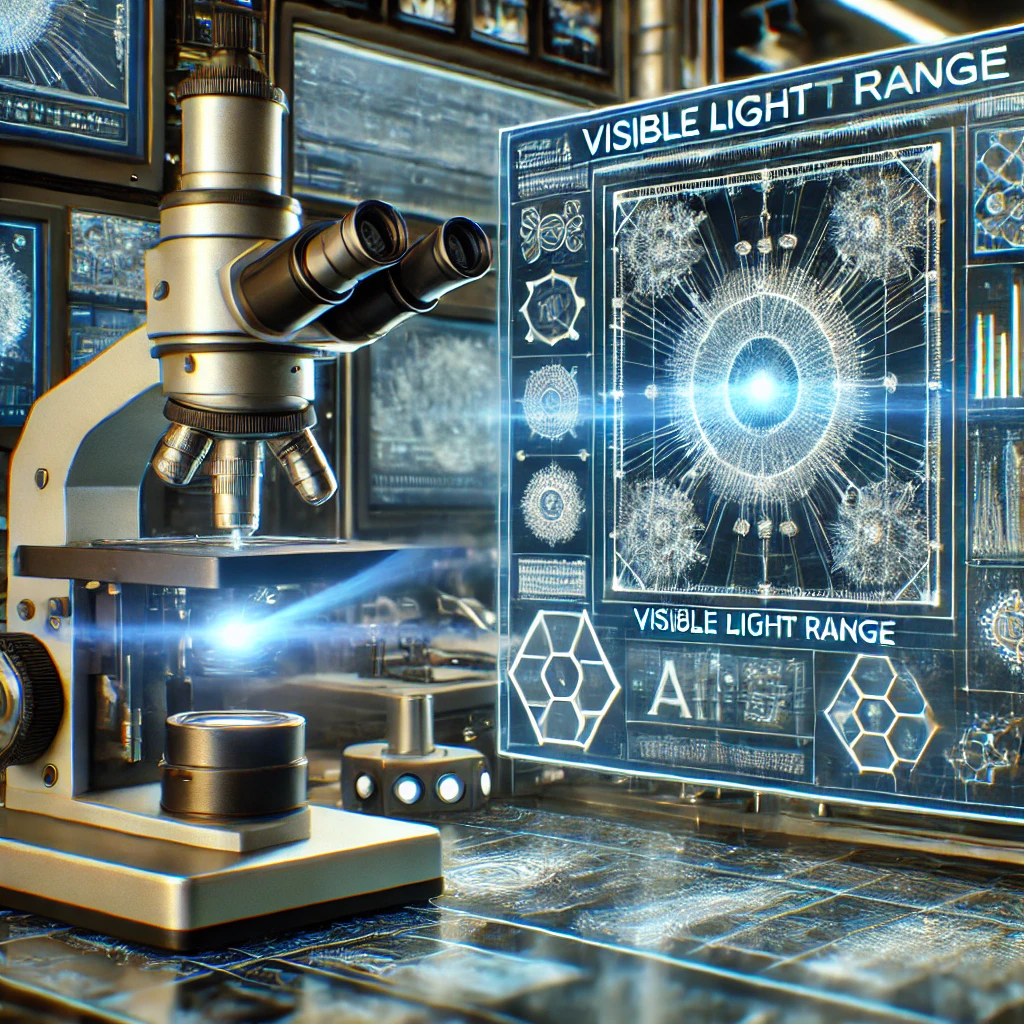Scientific cameras operating within the visible light range play a crucial role in fields such as microscopy, spectroscopy, astronomy, and materials science. The recent integration of artificial intelligence (AI) in these cameras has significantly elevated their performance by enabling real-time data analysis, enhancing image clarity, and automating processes. In this context, the AI-driven visible light range scientific camera market is experiencing growth due to the expanding need for precise, high-resolution imaging in various scientific and industrial applications.
The visible light range scientific camera market is seeing a significant distribution of market share across various segments, driven by increasing demand in diverse applications such as microscopy, spectroscopy, and astronomy. Leading companies in the market are capturing substantial shares by continually innovating and offering high-performance cameras with superior sensitivity and resolution. The academic and research sectors represent a major portion of the market, as these cameras are essential tools in scientific exploration and analysis. Additionally, the healthcare industry, particularly in medical imaging and diagnostics, is contributing to the market’s expansion, further solidifying the position of key players.

Enhanced Imaging Precision with AI
AI-enabled visible light scientific cameras are designed to optimize imaging precision and reduce noise, particularly in low-light conditions. These systems leverage machine learning (ML) algorithms to enhance image resolution by distinguishing minute details that traditional cameras may miss. By continuously learning from vast data sets, AI algorithms enable these cameras to automatically adjust parameters like exposure, focus, and contrast in real time, which is especially advantageous for capturing intricate details in biomedical imaging, cell biology, and complex materials research.
Real-Time Data Processing and Analysis
One of the core advantages of AI in visible light range scientific cameras Market is the capacity for real-time data analysis. Traditional scientific cameras often require manual data processing and filtering after the images are captured, which can be time-consuming and labor-intensive. AI streamlines this process, allowing cameras to process and analyze image data in real time. This immediate analysis capability is valuable in research settings where rapid insights are essential, such as during live cell analysis in biology or when monitoring dynamic processes in chemical reactions.
Applications Across Various Scientific Domains
The versatility of AI-powered visible light cameras makes them suitable for multiple research domains. For instance, in materials science, they can track microscopic changes within materials under various environmental conditions. In astronomy, AI-driven cameras capture distant celestial bodies with enhanced clarity, filtering out atmospheric disturbances and enabling sharper imaging from Earth-based telescopes. Meanwhile, in biomedical sciences, these cameras allow researchers to study cellular and molecular interactions more accurately, aiding in diagnostics and drug discovery.
Key Market Players and Innovations
Leading companies in this market, including Sony, Canon, and Hamamatsu, have been advancing AI integration in their scientific camera product lines. These companies focus on developing specialized algorithms for specific research applications, driving new product launches that target research institutions and laboratories globally. New innovations, such as deep learning models for image reconstruction and predictive maintenance features, are becoming standard, further enhancing their cameras’ reliability and image quality.
Future Prospects and Market Growth
With advancements in AI and ML, the future of the visible light range scientific camera market appears promising. The increased demand for high-resolution and real-time imaging in scientific research and industrial applications is expected to drive market expansion. Moreover, as these cameras become more cost-effective and accessible, they are likely to find broader applications in education and small-scale research facilities, widening their market reach and impact.
AI-driven visible light range scientific cameras represent a significant leap forward for the scientific imaging industry. Through automated, high-precision imaging and real-time data processing, these cameras facilitate advancements across fields, from materials science to medicine. As AI technology continues to evolve, so too will the capabilities of scientific cameras, empowering researchers and scientists to push the boundaries of discovery.
